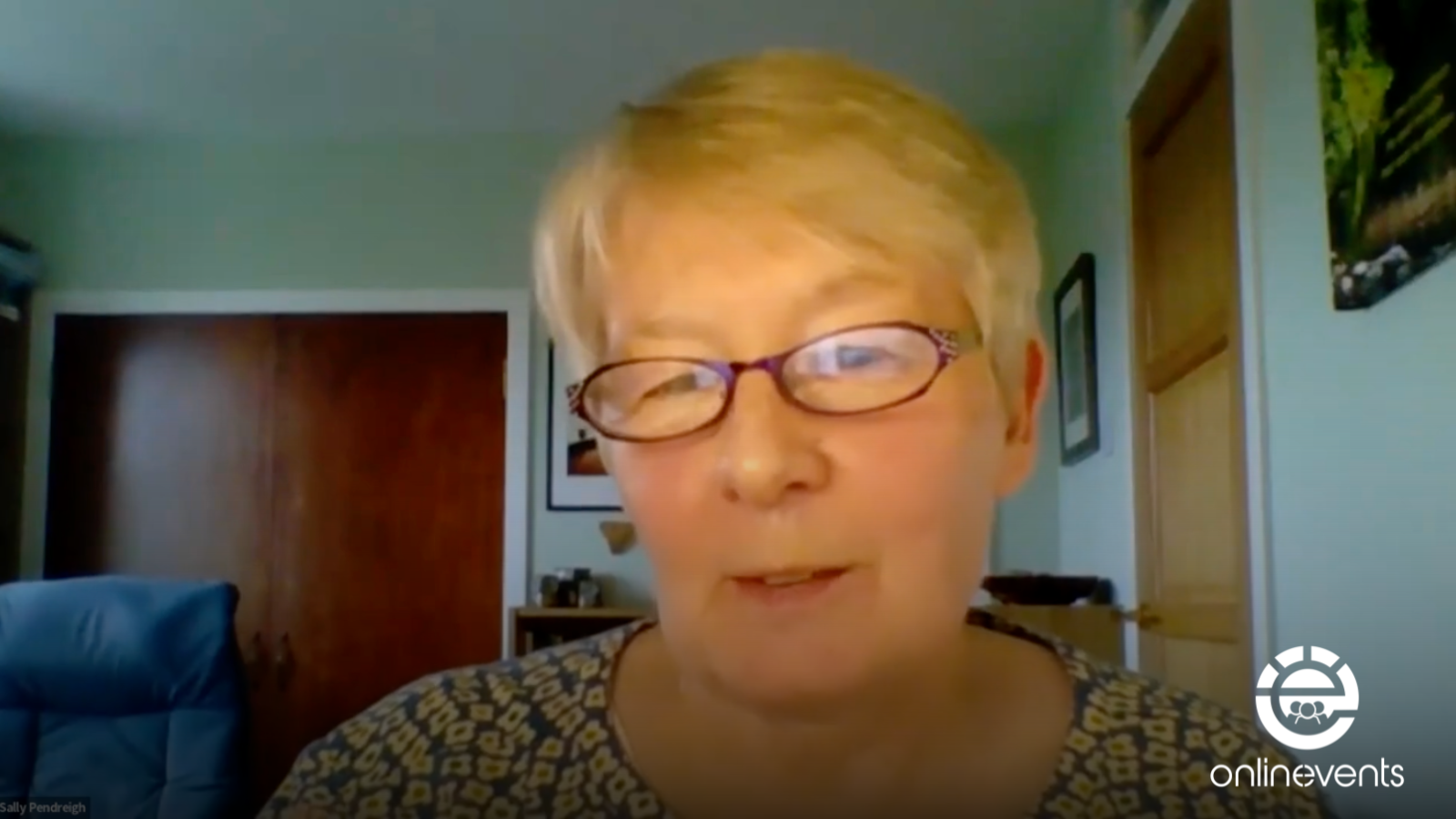This event is the second in a series of three about what Elaine Aron calls the “Highly Sensitive Person” (HSP).
Workshop Details
HSPs think and care deeply, and process constantly. They have intense emotional responses to events and experiences, and are highly sensitive to external stimuli. These reactions can be adversely judged by others, and lead HSPs to see their sensitivity as a weakness, a flaw, something to hide. As we know, having to hide things often leads people to counselling.
Aron estimates that HSPs make up 15 – 20% of the population. That’s between 820,000 and 1 million people in Scotland, and 10 times that in the UK. Yet HSPs are rarely if ever mentioned as a client group or the subject of CPD events. Hence this series of sessions.
The first session (in December 2022) was about “Working with the HSP in the Room”. It looked at what an HSP is, why the profession should care about them, how they show up in the counselling and supervision rooms, and what helps them and doesn’t in therapy and supervision.
In this second session, we will look at the similarities and differences between HSPs and (a) other forms of neurodivergence; and (b) trauma. Because some of the sensitivities of one can be mistaken as indicators of the others. At best, that creates confusion and , at worst, potential harm.
In this conversation with John, I will share my experience of working with HSPs, clients with other forms of neurodivergence, and clients who had been traumatised. It isn’t about diagnosis but about awareness-raising and prompting further debate and thought.
The first part of the session will cover:
- Similarities and differences between HSPs and other forms of neurodivergence (ADHD, autism, and bipolar), and between HSPs and trauma (including childhood emotional neglect)
- How behaviour around high sensitivity can look similar from the outside and be very different for the HSP, autistic or traumatised client
- What this all means for therapeutic practice
The second half of the session will be given over to questions and discussion.
The third session in the series will focus on the HSP therapist – the joys, the challenges, and tips to avoid burn-out.
Learning Objectives:
- Be able to identify how being a Highly Sensitive Person (HSP) is similar and different to other forms of neurodivergence (ADHD, autism, bipolar)
- Be able to recognise similarities and differences between being an HSP and trauma (including childhood emotional neglect)
- Have a better understanding of behaviour around high sensitivity which might look very similar from the outside but has very different internal causes, manifestations and impacts
Who is this appropriate for?
- Counsellors, psychotherapists, students & supervisors
How may this impact your practice?
- (a) More receptive to the range, nature and impact of different types of, and reasons for, high sensitivity (b) Reflect on existing and new clients – their behaviour and experience, and what’s important to them & why (c) Greater awareness of when high sensitivity is innate to the client and when it’s about what has happened to them (d) Increased appreciation that being an HSP is its own form of neurodivergence and (relational) trauma (e) More alert to the possibility of a ‘double dose’ of high sensitivity e.g. other trauma landing on an HSP.
Course Content
Presenter

I retired as a BACP senior accredited person-centred counsellor in spring 2022. I worked in several settings – with victims of childhood sexual abuse; with people bereaved by murder and suicide; in community health projects; with family carers; as a student counsellor; for Employee Assistance Programmes; and in private practice.
I learned (directly from clients) about the importance of what I came to think of as a person’s ‘operating system’ – how they process information, make sense of the world, and fit in (or don’t); and how this then affects their experiences, sense of self, and relationships.
These ‘operating systems’ were many and varied – auditory processing, autism, dyscalculia, dyslexia, dyspraxia, face and building blindness, and synaesthesia. And, by far, the largest number of clients had yet another type of ‘operating system’ – being a Highly Sensitive Person (HSP). The sheer numbers of HSPs who came for counselling led me to take a particular interest in this group.


